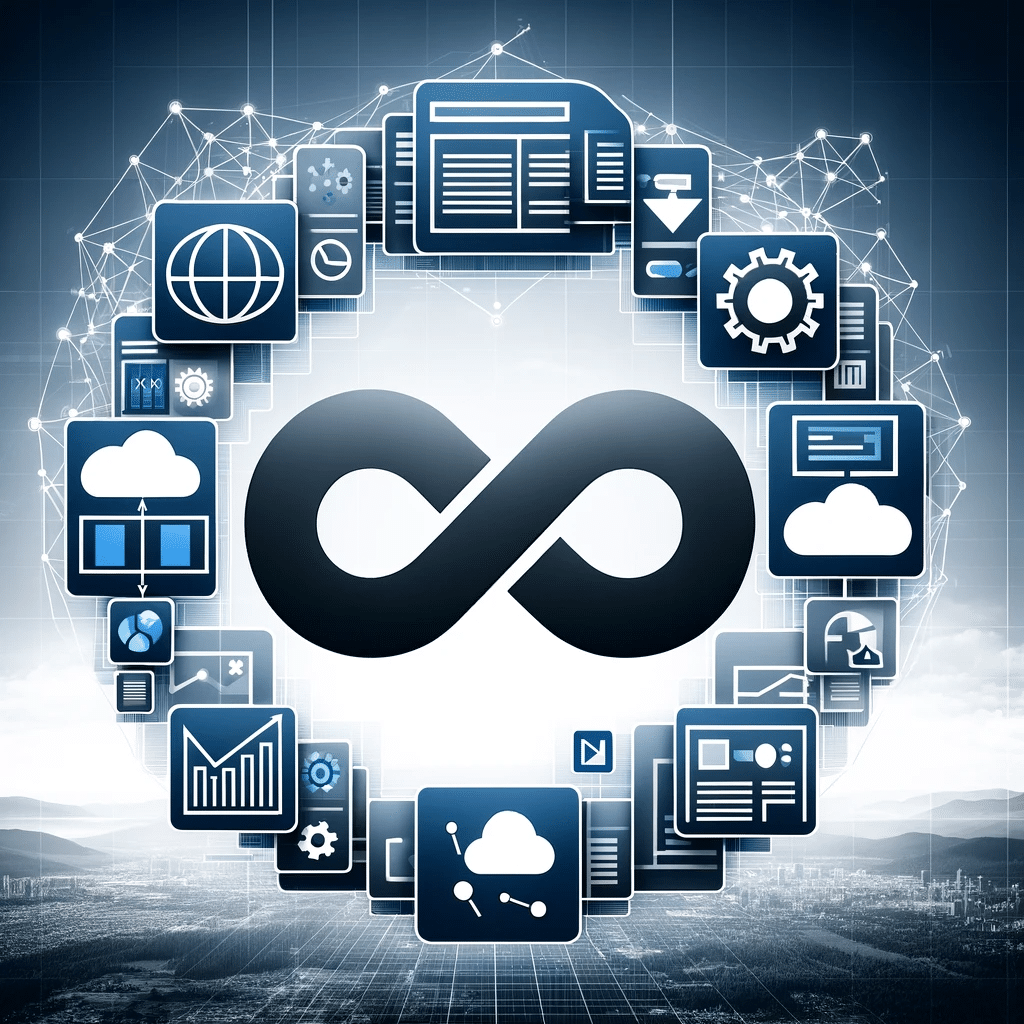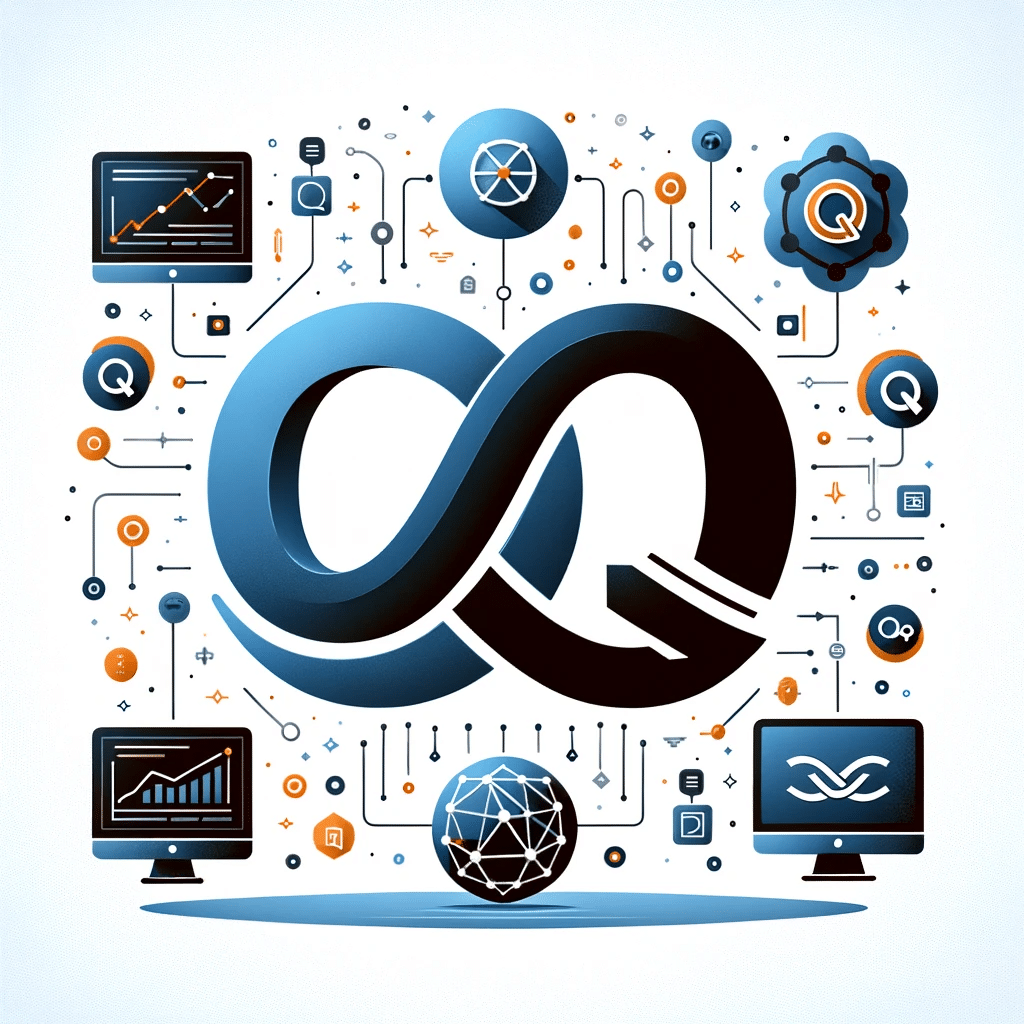The AXYS Platform offers a streamlined, no-code approach to data integration, making it a breeze for companies to combine disparate data sources into a single source of truth. AXYS’s ‘One Connector’ feature allows for rapid deployment and instant API generation, facilitating a quick transition to AI enrichment with tools like ChatGPT. This means businesses can become AI-ready in hours, not weeks, and maintain full control over their data processes.
Microsoft Fabric, on the other hand, is a comprehensive data platform that brings together capabilities from Azure Synapse Analytics, Power BI, and Azure Data Factory. It provides robust data warehousing, big data, and analytics solutions that can cater to complex enterprise data landscapes. While Microsoft Fabric offers a wide range of tools for data professionals, it generally requires a more substantial setup and deeper technical expertise.
AXYS’s agility and simplicity make it ideal for businesses looking for a swift and easy way to leverage AI and analytics without investing heavily in engineering resources. In contrast, Microsoft Fabric’s extensive suite of tools and services is well-suited for larger organizations with complex data integration needs requiring a more granular control and customization level.
AXYS Platform and Microsoft Fabric, Differentiation and Similarities:
| Feature/Capability | AXYS Platform | Microsoft Fabric | Comparison |
|---|---|---|---|
| Data Integration and Management | Simplifies the integration of disparate data sources with no-code, rapid deployment. | Comprehensive suite covering data lake, engineering, and integration services for enterprise analytics. | AXYS: Quick setup and no engineering knowledge required. Microsoft Fabric: It may require more time/technical knowledge to integrate. |
| API Generation and Customization | Instant, no-code API generation and customization for seamless data connectivity. | Not explicitly mentioned, though API integration is likely through Azure services. | AXYS: User-friendly Automatic API creation. Microsoft Fabric: Extensive Azure integration but potentially complex API management. |
| Real-Time Data Processing | Supports real-time data processing and synchronization. | It offers real-time analytics for observational data collected from various sources. | AXYS: Simplifies real-time data use but doesn’t provide explicit analytic tools while allowing simplified integration using third-party analytics. Microsoft Fabric: Real-time analytics but includes complexity of semi-structured data handling. |
| User-Friendly Interface and No-Code Solution | User-friendly interface for non-technical users to manage data and AI capabilities. | Highly integrated, end-to-end product designed for ease of use across different analytics experiences. | AXYS: Accessible to non-technical users. Microsoft Fabric: Initial learning curve for various tools and mostly dedicated to Azure environment. |
| Data Security and Accessibility | Deploys within the company’s private cloud, ensuring data security and sovereignty. | Centralized administration and governance, with OneLake ensuring unified data storage and policy enforcement. | AXYS: Enhanced control and security which inherit your company internal IT infrastructure. Microsoft Fabric: Centralized security. But requires understanding of Azure policies. |
| Custom Integration and Workflow Automation | Facilitates rapid, no-code modifications to the API layer for custom integrations. | Unified platform allowing developers to access and reuse assets across different experiences. | AXYS: Quick custom integration with many sources to ingest data and deliver data to any solution. Microsoft Fabric: High customization potential. But requires deeper technical knowledge. |
| No-Code Unified Real-Time Search | Offers no-code, unified real-time search across data silos. | Provides a unified data lake (OneLake) that serves as a single storage system for all developers, simplifying data discovery and sharing. | AXYS: Easy data retrieval. with massive search capabilities Microsoft Fabric: Seamless data access across Azure services. But includes complexity of data lake management. |
| Cost Efficiency and Resource Management | Focuses on strategy and action with quick data availability and resource reallocation. | SaaS foundation potentially reduces the complexity of resource management, though specific cost efficiencies are not detailed. | AXYS: Potentially lower costs of development and maintenance. Microsoft Fabric: Potentially more efficient resource use, but higher complexity may increase costs. |
| Ease of Adding New Data Sources | Simplifies the addition of new data sources with no-code solutions. | Supports over 200 native connectors for data sources on-premises and in the cloud through Azure Data Factory. | AXYS: Quick to add new sources with pre-existing connectors, also support for the development of new connectors internally with the preparatory solution given to developers. Microsoft Fabric: Extensive Azure data source connectivity but relies on an unknown third party for connector development to other sources. |
| Scalability and Flexibility | Designed to scale and adapt to various organizational needs with minimal setup. | Built to support large and complex data repositories, providing a scalable data mesh architecture. | AXYS: Quick scaling to the growth of data of sources. Microsoft Fabric: Supports large Azure data ecosystems. However scalability in other sources is unknown due to dependencies to developers. |
| AI-Enablement | Rapid deployment makes the platform AI-ready within hours. | Data Science experience enables building, deploying, and operationalizing machine learning models within the platform. | AXYS: Fast market readiness for AI in hours with pre-existing integration with ChatGPT and more. However, doesn’t have a preparatory AI model. Microsoft Fabric: In-depth knowledge of Microsoft AI and ML tools requires significant engineering resources. |
AXYS Integration Gateway: Streamlining Your Transition to Microsoft Fabric
While the AXYS platform is designed to autonomously handle data integration and AI enablement within a company’s private cloud, it also serves as a strategic gateway to simplify Microsoft Fabric integration. For businesses that utilize Microsoft Fabric’s extensive suite of analytics tools but desire a simplified, streamlined data integration approach, AXYS is an invaluable asset. Organizations that need to maintain strict data governance or those wary of complex data lakes and extensive engineering resources find a partner in AXYS. With its no-code mapping and instant API generation, AXYS creates a seamless bridge to Microsoft Fabric, facilitating immediate and controlled data integration while decreasing the switching cost if disengaging with Microsoft Fabric is desired.
AXYS acts as the “One Connector Hub” solution, interfacing with Microsoft Fabric to ensure data flows without the friction of multi-layered integration processes. This simplification allows businesses to reap the benefits of Microsoft Fabric’s advanced analytics and AI capabilities while retaining the agility to adjust their data strategies as needed.
The union of AXYS and Microsoft Fabric epitomizes a balanced blend of rapid deployment and sophisticated data management, empowering businesses to accelerate their AI enablement and maximize their investment in Microsoft’s powerful analytics platform.

